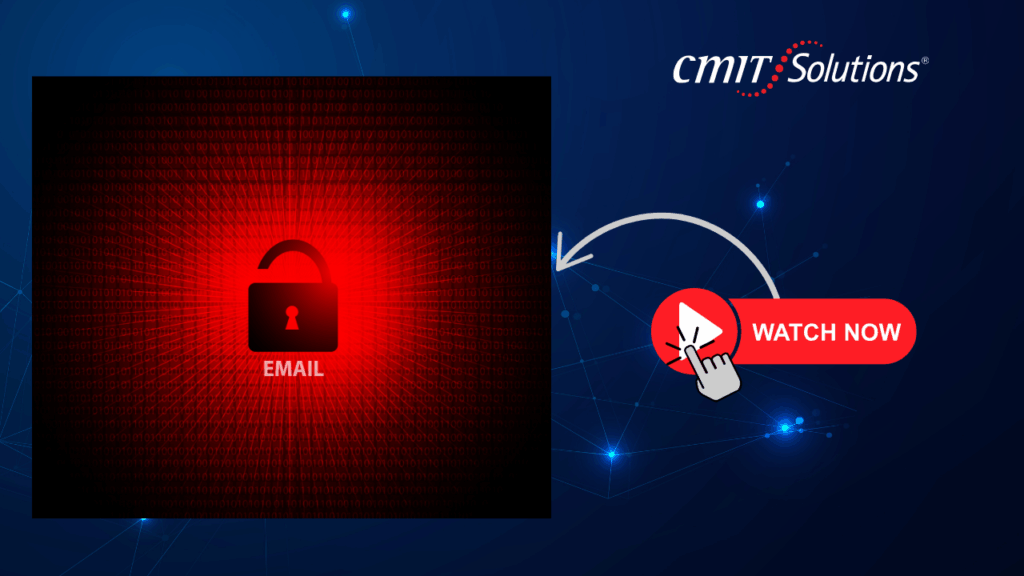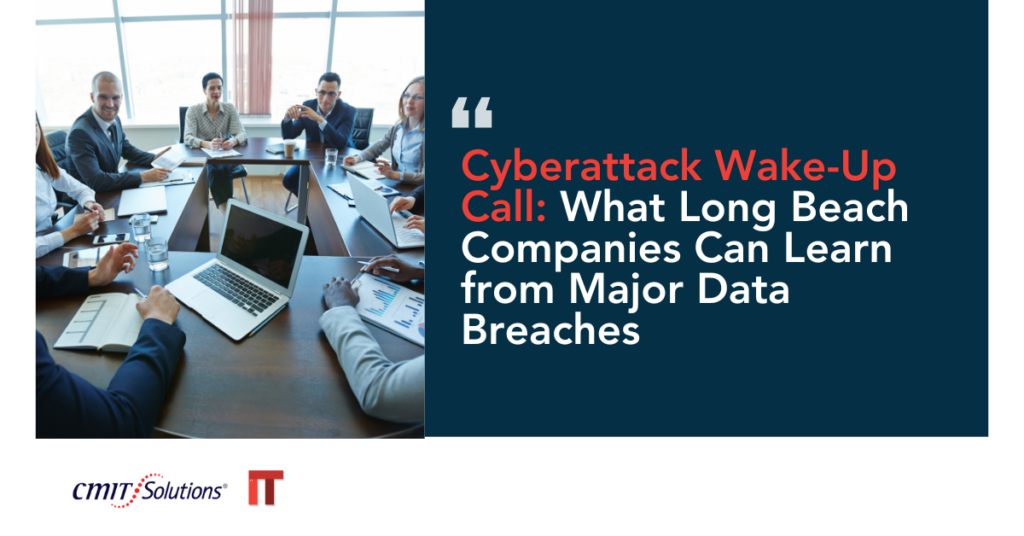Email remains the primary communication tool for most organizations and one of the most common attack vectors for cybercriminals. As phishing campaigns, credential theft, and malware distribution grow more sophisticated, businesses can no longer rely on outdated security models. This is where the Zero Trust approach is transforming how companies protect email systems and sensitive information.
Instead of assuming that users and devices inside a network can be trusted, Zero Trust enforces a strict “never trust, always verify” policy. Every email, login attempt, and file attachment is treated as a potential threat until proven safe. For modern businesses, adopting Zero Trust in email security is no longer a nice-to-have it’s essential.
What Zero Trust Email Security Means
Zero Trust email security is a framework that eliminates implicit trust and continuously validates users, devices, and message content. This approach ensures that even if an attacker gains access to a network, they can’t move freely or exploit email vulnerabilities.
In practice, Zero Trust involves:
- Strong identity verification for every user.
- Multi-factor authentication for email account access.
- AI-driven content scanning for phishing and malware detection.
- Adaptive policies that adjust based on user behavior and risk level.
Businesses that incorporate AI-based filtering similar to the methods used in AI security can detect malicious emails far faster than manual review alone.
Why Traditional Email Security Falls Short
Legacy security models assumed that internal emails were inherently safe, focusing only on threats from outside the network. This assumption is dangerous in a world where phishing kits, compromised accounts, and insider threats are increasingly common.
Companies that have faced major data breaches know that attackers often exploit the weakest point—human error in email handling. Traditional spam filters alone cannot stop spear-phishing, business email compromise, or account takeovers.
Zero Trust addresses these gaps by verifying every interaction, regardless of origin, and applying consistent protections across all devices and locations.
Core Components of Zero Trust Email Protection
Implementing Zero Trust for email requires layered defenses. The most effective solutions combine advanced detection tools with strict access controls:
- Identity & Access Management – Restrict email access to verified users and approved devices.
- Content Analysis – Use AI to detect suspicious attachments and links, leveraging the same adaptive capabilities seen in AI reshaping business processes.
- Threat Intelligence Integration – Keep filters updated with real-world attack patterns.
- Encryption – Protect email data in transit and at rest.
- Behavior Analytics – Monitor for unusual sending patterns that may signal account compromise.
How AI is Advancing Email Security
Artificial intelligence plays a crucial role in making Zero Trust email security scalable. AI can quickly analyze patterns across millions of emails, spotting anomalies that would take human teams much longer to identify.
For example, integrating AI into your workflow—similar to how smart technology drives business growth—allows email security systems to learn from new threats and adapt automatically. This ensures evolving phishing tactics don’t bypass defenses.
Integrating MDR, EDR, and SIEM for Email Threats
While email-specific tools are critical, they work best when integrated with broader security systems like MDR, EDR, and SIEM. These technologies provide real-time monitoring, incident detection, and automated response across the entire IT environment.
By combining Zero Trust email policies with endpoint detection and network monitoring, businesses can identify suspicious behavior faster and stop attacks before they escalate.
The Role of Backup in Email Security
Even with the best security controls, incidents can still occur. Ransomware targeting email servers or cloud inboxes can lock users out of essential communication. This is why cloud backups are a critical safety net.
A Zero Trust framework ensures that backups are isolated from the main network, preventing attackers from corrupting them. This means that if emails are compromised, they can be quickly restored without paying ransoms or losing critical data.
Network Management’s Impact on Email Security
Email protection isn’t just about filters it’s also about the infrastructure supporting them. Poor network management can lead to latency in email scanning, misconfigured security gateways, or downtime that interrupts communication. Optimizing network performance ensures that security tools work in real-time, stopping threats before they reach the inbox.
Strong Authentication: From Passwords to Passkeys
One of the easiest ways attackers compromise email accounts is by stealing passwords. Moving from traditional credentials to passkeys strengthens account security by removing the need for reusable secrets. Passkeys are phishing-resistant and tied to a specific device, making them nearly impossible to exploit in a large-scale attack. Combined with Zero Trust verification, they greatly reduce the risk of unauthorized access.
Why SMBs Need Managed IT Services for Email Security
Small and midsized businesses often lack the in-house expertise to implement Zero Trust effectively. This is where managed IT services become a game-changer.
With a partner skilled in proactive IT support, SMBs gain access to enterprise-grade email security without the overhead of building an internal security team.
Managed IT providers offer:
- Continuous monitoring of email systems for suspicious activity.
- Fast deployment of security patches.
- Integration of Zero Trust with other business-critical systems.
What Happens If Businesses Ignore Zero Trust for Email
Failing to adopt Zero Trust in email security leaves organizations vulnerable to:
- Increased phishing success rates.
- Higher risk of ransomware delivered via email.
- Regulatory fines from exposed sensitive data.
As cyber threats continue to evolve, businesses without layered protections face growing financial and reputational damage.
Conclusion: Zero Trust as the Standard for Email Protection
In today’s threat landscape, trust is a liability. Businesses that implement Zero Trust for email security not only reduce their exposure to attacks but also create a more resilient communication environment.
From AI-driven detection to strong authentication methods, every layer matters. Partnering with an MSP that understands Zero Trust backed by tools like AI-powered prevention ensures modern email systems remain both efficient and secure.
For organizations serious about protecting their data, adopting Zero Trust isn’t just a strategy it’s the new baseline.






